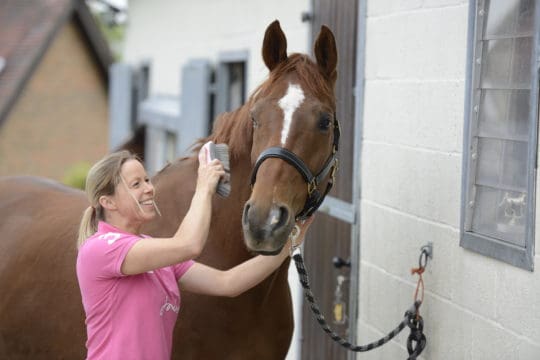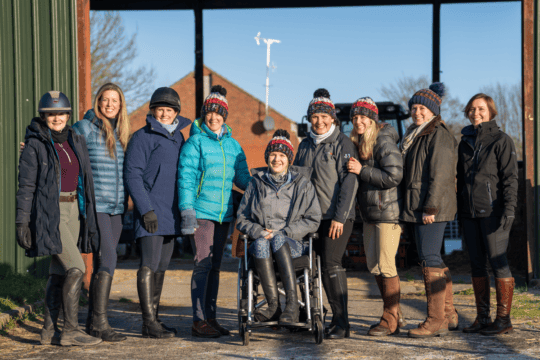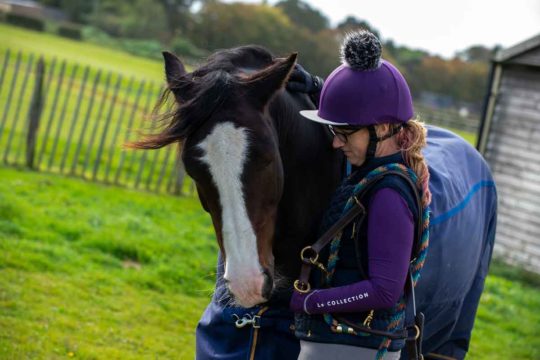
Most Read Articles
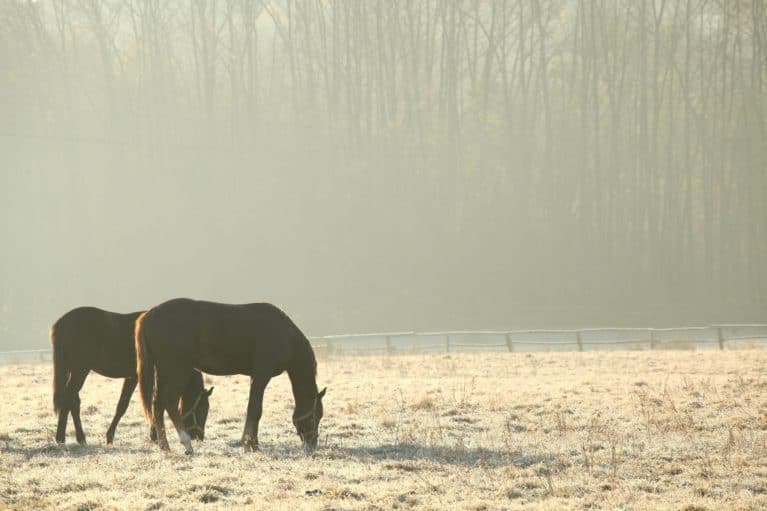
Vets are advising owners to ensure their winter wormer targets encysted small redworm, regardless of their horse’s faecal worm egg count
With the use of wormers having undergone extensive research recently, the common school of thought is now that worming a horse if their feacal worm egg count (FWEG) comes back under 200 is unnecessary, and could contribute to wormers becoming ineffective. While this still remains true, vets are now urging owners to worm their horses for encysted redworm in the winter months, regardless of their FEWG result. This is because this type of larvae doesn’t show up in a FWEG, and the only way to test for them is through a blood test. Treating horses for these worms is essential because, if left, they could result in diarrhoea, colic or even fatality.
Encysted small redworm is the larval stage of small redworm. The larvae encase themselves within the horse’s gut wall, which is why they aren’t picked up in a FWEC.
All horses over the age of six months should be tested or wormed for encysted small redworm through a blood test, and treatment should be in the form of a licenced wormer containing key ingredients during the winter months.
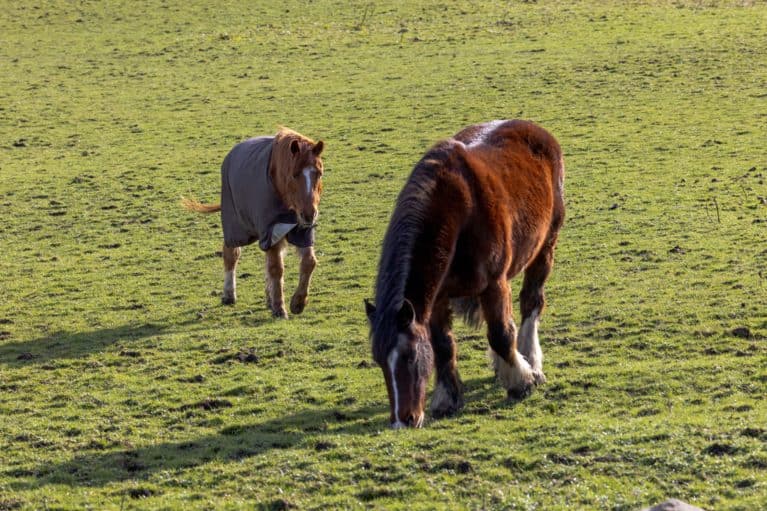
Currently there are only two ingredients found in wormers that are licensed for use against small encysted redworm. These are…
- moxidectin – can be effective in a single dose and the ingredient acts against the encysted larvae before they have the chance to emerge
- fenbendazole – a five-day course is licensed to treat the redworm at the encysted stage, but there’s widespread resistance to this ingredient so owners should do a resistance test before treating.
Not all wormers will treat encysted small redworm. Those that contain ivermectin, pyrantel or just a single dose of fenbendazole will only treat the adult stages of small redworm, which are living in the horse’s gut. Once the wormer has cleared all the adult worms from the horse’s gut, all the encysted larvae will emerge at once to take the space. The mass emergence of the encysted small redworm can cause significant damage to the gut wall and lead to clinical signs such as diarrhoea or colic.
Zoetis Vet, Wendy Talbot, says: ““It’s imperative that the wormer used is indicated for encysted small redworm. A practical and cost-effective solution to targeting parasites of concern over winter may be to combine a bot treatment with encysted small redworm and tapeworm treatments using a single dose of moxidectin and praziquantel.”

